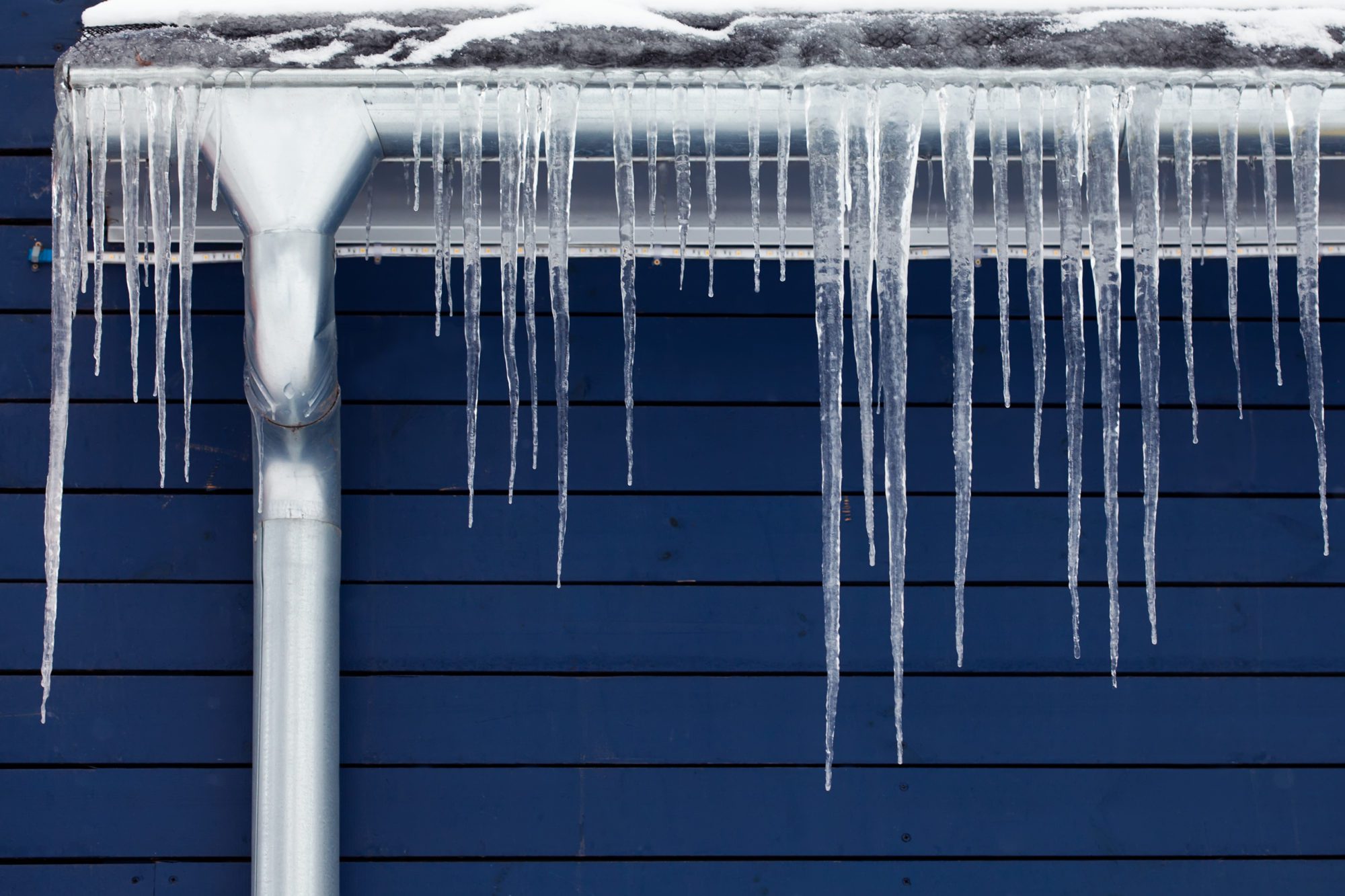Presented here in the next paragraphs you will find more first-rate answers on the subject of How to prepare your home plumbing for winter weather.
:strip_icc()/snow-outdoor-faucet-pipes-4af65d1e5e904fb1aa7bf74071fe5d89.jpg)
Winter can wreak havoc on your plumbing, particularly by freezing pipes. Below's exactly how to stop it from occurring and what to do if it does.
Intro
As temperatures decline, the threat of frozen pipelines increases, potentially resulting in pricey repairs and water damage. Understanding how to prevent frozen pipes is important for home owners in chilly climates.
Understanding Icy Pipelines
What causes pipelines to freeze?
Pipes freeze when revealed to temperatures listed below 32 ° F (0 ° C) for prolonged periods. As water inside the pipes ices up, it expands, putting pressure on the pipe wall surfaces and potentially creating them to burst.
Risks and damages
Frozen pipelines can result in water supply interruptions, residential property damages, and pricey repair services. Ruptured pipes can flooding homes and cause extensive architectural damages.
Indicators of Frozen Pipes
Determining frozen pipes early can prevent them from bursting.
How to identify frozen pipes
Look for decreased water flow from taps, uncommon smells or sounds from pipes, and visible frost on subjected pipes.
Prevention Tips
Insulating at risk pipelines
Cover pipelines in insulation sleeves or make use of heat tape to shield them from freezing temperature levels. Focus on pipes in unheated or exterior areas of the home.
Home heating strategies
Maintain interior spaces sufficiently heated up, especially areas with pipes. Open up cupboard doors to enable cozy air to flow around pipelines under sinks.
Protecting Outside Pipes
Garden tubes and exterior faucets
Separate and drain garden tubes before wintertime. Set up frost-proof spigots or cover exterior taps with shielded caps.
What to Do If Your Pipelines Freeze
Immediate activities to take
If you presume icy pipelines, maintain taps open to eliminate pressure as the ice thaws. Make use of a hairdryer or towels taken in hot water to thaw pipelines slowly.
Long-Term Solutions
Architectural modifications
Consider rerouting pipes away from exterior wall surfaces or unheated locations. Add extra insulation to attic rooms, cellars, and crawl spaces.
Upgrading insulation
Invest in high-quality insulation for pipes, attics, and walls. Correct insulation aids maintain consistent temperature levels and minimizes the risk of icy pipelines.
Final thought
Stopping icy pipes calls for positive procedures and fast reactions. By understanding the causes, indicators, and preventive measures, property owners can protect their plumbing during cold weather.
6 Proven Ways to Prevent Frozen Pipes and Protect Your Home
Disconnect and Drain Garden Hoses
Before winter arrives, start by disconnecting your garden hoses and draining any remaining water. Close the shut-off valves that supply outdoor hose bibs and leave the outdoor faucet open to allow any residual water to drain. For extra protection, consider using faucet covers throughout the colder months. It’s also important to drain water from any sprinkler supply lines following the manufacturer’s directions.
Insulate Exposed Pipes
Insulating your pipes is an effective way to prevent freezing. Pipe insulation is readily available at home improvement stores and is relatively inexpensive. Pay close attention to pipes in unheated areas such as the attic, basement, crawl spaces, or garage. Apply foam insulation generously to create a buffer against the cold. You can also wrap your pipes in heat tape or thermostat-controlled heat cables for added warmth.
Seal Air Leaks
Inspect your home for any cracks or openings that could let in cold air. Seal any holes around the piping in interior or exterior walls, as well as the sill plates where your home rests on its foundation. Additionally, make sure to keep your garage door closed unless you’re entering or exiting. Leaving it open creates a significant air leak that can lead to frozen pipes.
Allow Warm Air Circulation
During cold snaps, it’s essential to allow warm air to circulate evenly throughout your home. Leave interior doors ajar to promote better airflow. Open kitchen and bathroom cabinets to help distribute heat consistently around the rooms. If you have small children or pets, be sure to remove any household chemicals or potentially harmful cleaners from open cabinets for safety.
Let Faucets Drip
A small trickle of water can make a big difference in preventing ice formation inside your pipes. When temperatures drop significantly, start a drip of water from all faucets served by exposed pipes. This continuous flow helps prevent the water from freezing. Additionally, running a few faucets slightly can relieve pressure inside the pipes, reducing the chances of a rupture if the water inside does freeze.
https://choateshvac.com/6-proven-ways-to-prevent-frozen-pipes-and-protect-your-home/

As a fervent person who reads on 6 Ways to Prevent Frozen Pipes, I was thinking sharing that piece of content was a great idea. Feel free to take the time to promote this content if you enjoyed it. I recognize the value of reading our article about How to Prevent Your Pipes From Freezing.
Schedule